Biosafety cabinets and fume hoods are key tools in laboratory safety, offering critical protection for both researchers and the environment. These specialized containment systems provide separate but complementary functions in guaranteeing the safe handling of hazardous materials, preventing exposure to harmful agents, and preserving experiment integrity. In this article, we focus on the topic of biosafety cabinet and fume hood, exploring the functions, differences, and importance of biosafety cabinets and fume hoods in the laboratory setting.
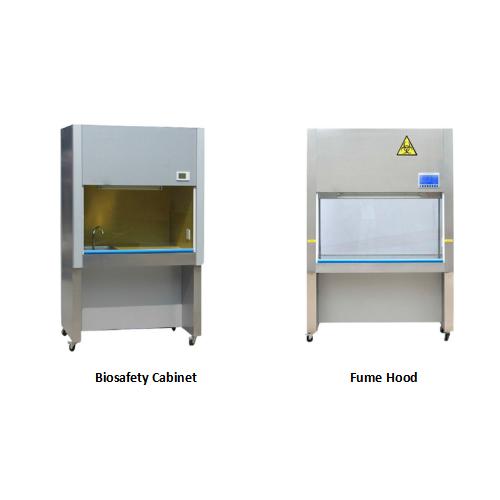
What are Biosafety Cabinets and Fume Hoods?
1. Biosafety Cabinets
Function and Purpose:
Biosafety cabinets (BSCs) are intended to provide a controlled, contained environment for the manipulation of biological materials, particularly those posing a biohazard.
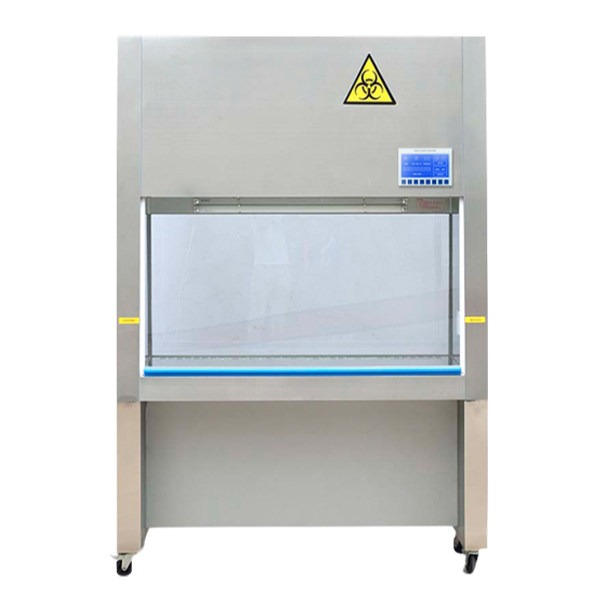
- Containment: BSCs form a physical barrier between the operator and the biological materials being handled, preventing dangerous agents from entering the laboratory environment.
- Protection: They use high-efficiency particulate air (HEPA) filters to prevent the operator and the surrounding environment from being exposed to infectious bacteria or other biohazardous contaminants.
- Product Protection: BSCs help protect the integrity of experiments by preventing biological material from becoming contaminated.
Types of Biosafety Cabinets:
There are three main classes of biosafety cabinets, each offering different levels of protection.
| Type | Description |
| Class I: | Provides operator and environmental protection but no product protection. Suitable for handling low to moderate-risk agents. |
| Class II (Types A1, A2, B1, B2): | Offers both operator and product protection with HEPA-filtered laminar airflow. Commonly used for microbiological research. |
| Class III: | Fully enclosed, gas-tight cabinets with glove ports for manipulation of highly hazardous materials, providing maximum containment. |
2. Fume Hoods
Function and Purpose:
Fume hoods are ventilation systems that capture and remove toxic fumes, vapors, or dust that are produced during various laboratory processes.
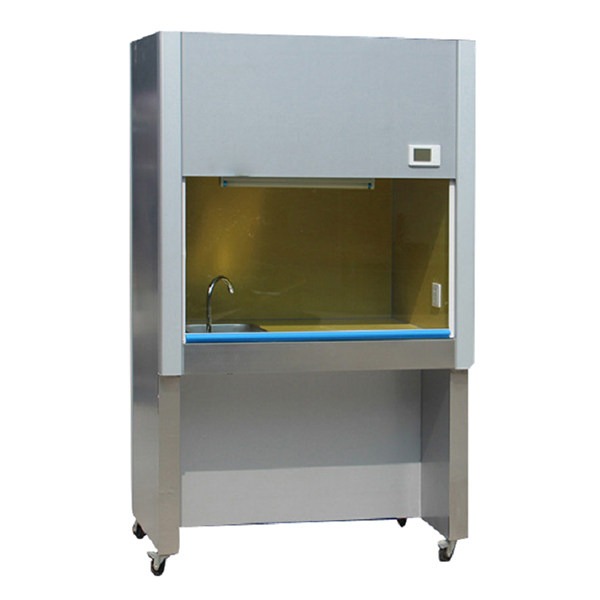
- Containment of Chemicals: Fume hoods prevent the escape of hazardous chemicals into the laboratory by drawing potentially harmful substances away from the operator.
- Protection: They protect researchers from inhaling or coming into contact with toxic or noxious substances.
- Environmental Safety: Fume hoods contribute to environmental safety by ensuring that harmful fumes are properly vented and do not compromise air quality in the laboratory.
Types of Fume Hoods:
| Type | Description |
| Ducted Fume Hood: | Directs contaminated air outside the building through a ventilation system. |
| Ductless (Recirculating) Fume Hood: | Filters and recirculates air, suitable for locations where ducting is not feasible. |
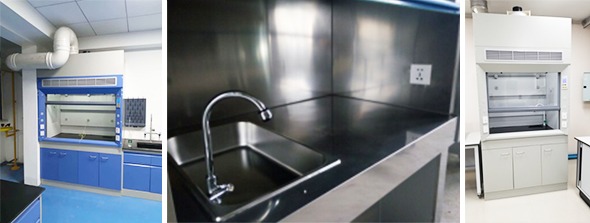
Why Biosafety Cabinet and Fume Hood are Important in Laboratory Safety?
1. Personnel Safety
Both biosafety cabinets and fume hoods play a crucial role in protecting researchers from exposure to hazardous materials, preventing injuries and illnesses.
2. Sample Integrity
Biosafety cabinets keep biological samples safe, whereas fume hoods keep chemical experiments accurate by preventing contamination.
3. Environmental Protection
Both devices help to protect the environment by containing and eliminating hazardous compounds, as well as avoiding air pollution within the laboratory.
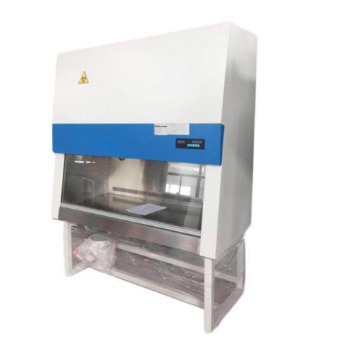
What are Key Differences Between Biosafety Cabinet and Fume Hood in Laboratory Safety?
Understanding these important distinctions is critical for laboratories in order to select the proper containment device depending on the specific requirements of the chemicals being handled and the nature of the experiments being carried out.
| Aspect | Biosafety Cabinet | Fume Hood |
| Purpose: | Protection of Samples and Operators: Designed for handling biohazardous materials, providing protection for both samples and operators. | Protection from Chemical Fumes: Primarily used for protecting users from chemical fumes, vapors, and particles. |
| Airflow Direction: | Downward Flow: Directs airflow from the top to the work surface, containing biohazardous aerosols. | Horizontal Flow: Airflow is typically from the back of the hood to the front, carrying chemical fumes away from the user. |
| Containment Level: | Higher Containment: Offers a higher level of containment to prevent the escape of biological agents. | Lower Containment: Primarily designed for chemical containment, with less emphasis on biological protection. |
| Biological Research: | Common: Widely used in laboratories working with cell cultures, microbiological research, and biohazardous materials. | Limited Use: Used in chemical laboratories for tasks involving non-biological hazards. Less common in biological research settings. |
| Certification Standards: | Biosafety Level (BSL): Certified according to biosafety levels, indicating the type of biological agents it can handle. | ASHRAE 110: Certified according to airflow performance standards, with no specific biosafety certification. |
| Restricted Access: | Enclosed Workspace: Designed to provide a contained, sterile workspace for sample manipulation. | Open Workspace: Allows for more open access, suitable for a variety of tasks in chemical laboratories. |
| Decontamination: | Required: Regular decontamination procedures are necessary to ensure aseptic conditions. | Not Required: Decontamination is not a standard procedure, but cleaning is needed for chemical residue removal. |
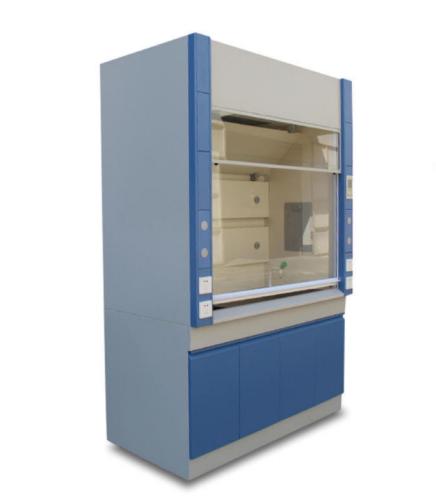
Conclusion
In the laboratory landscape, biosafety cabinet and fume hood emerge as vital tools for protecting researcher safety, experiment integrity, and environmental protection. Understanding their many roles, types, and uses enables laboratories to put in place adequate safety measures, promoting a safe and controlled working environment for scientific research. These key components of laboratory safety will continue to evolve as technology advances, increasing their efficiency and dependability in protecting both human health and experimental integrity.
